How to Make Tankless Water Heater Hotter
More hot water is always a good thing when it comes to tankless water heaters. Right? Well, not necessarily. Sometimes, you can get too much of a good thing and scalding hot water coming out of your taps. Today in this article, we’ll show you how to make tankless water heater hotter without running the risk of burning yourself. Keep reading to find out.
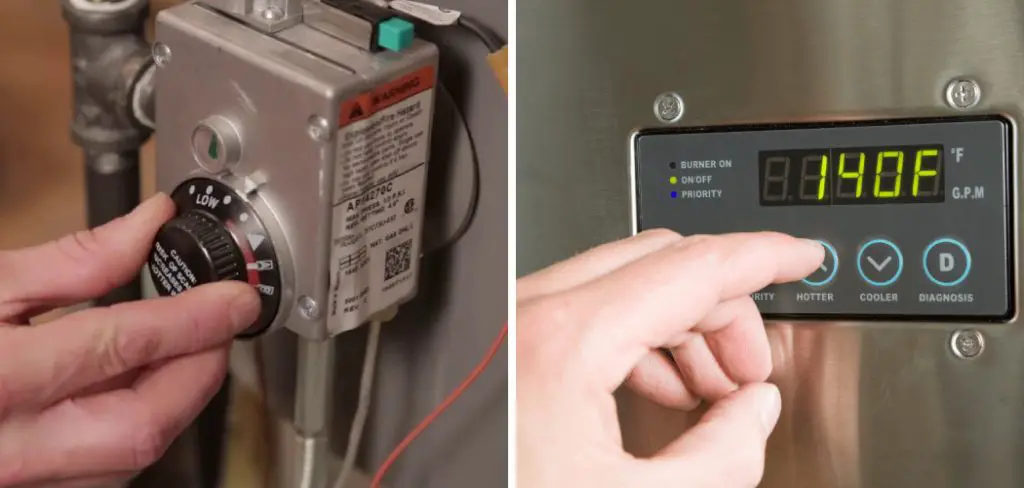
The water heater is one appliance in your home that you probably don’t think about very often. But it can be a real pain when it stops working or doesn’t work as well as it should. If your tankless water heater isn’t putting out enough hot water, there are a few things you can do to try to fix the problem before calling a professional.
What Is Tankless Water Heater?
A tankless water heater is a water heating system that does not use a storage tank to heat water. Instead, it heats water on demand as you need it. This means that you can have an endless hot water supply whenever you need it.
There are two types of tankless water heaters: solar-powered and gas-powered. Solar-powered tankless water heaters use the sun’s energy to heat the water, while gas-powered tankless water heaters use natural gas or propane.
Tankless water heaters are usually more energy-efficient than traditional storage tank water heaters because they only heat water when needed, rather than continuously heating and reheating a large tank of water.
However, some people find that their tankless water heater does not provide enough hot water for their needs.
Why Is My Tankless Water Heater Not Getting Hot Enough?
There are a few reasons your tankless water heater may not be providing enough hot water. The most common reason is that the water heater isn’t big enough for your needs. Tankless water heaters are rated by how many gallons of hot water they can produce per minute.
If you have a family of four and everyone takes a shower one after the other, you’ll need at least a 3-gallon-per-minute (GPM) tankless water heater. Each shower head typically uses 2.5 gallons of water per minute. So a 3-GPM tankless water heater can provide enough hot water for one person to take a shower while someone else is running the dishwasher or washing clothes in the laundry.
If your tankless water heater isn’t providing enough hot water, you may need to upgrade to a larger model. You may also need to install multiple tankless water heaters if you have a very large home or have many appliances that use hot water.
Another reason your tankless water heater may not be providing enough hot water is that it’s not getting enough gas or electricity. Tankless water heaters need a strong flow of gas or electricity to heat the water quickly. If your gas line is too small or your electrical service is inadequate, your tankless water heater won’t be able to heat the water fast enough.
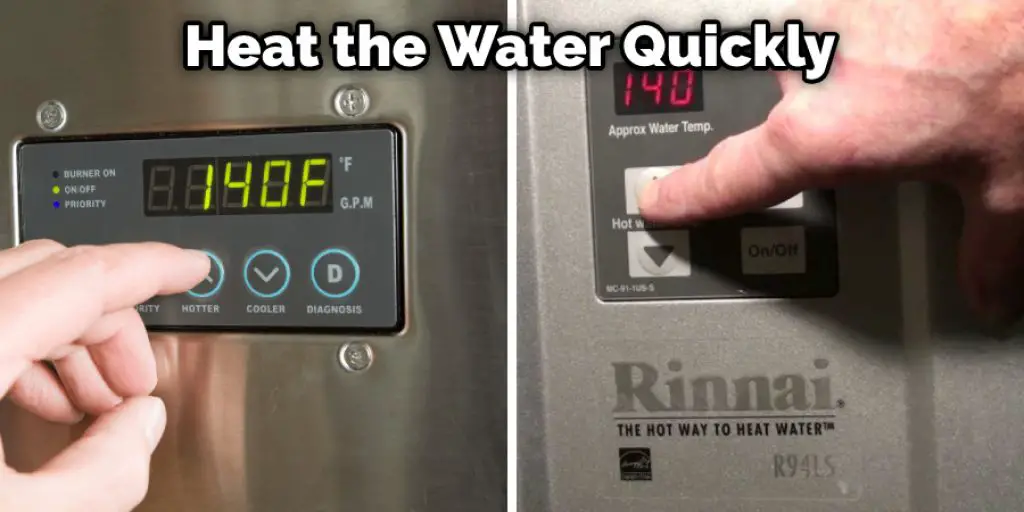
You can usually solve this problem by upgrading your gas line or electrical service. However, if your home is old and can’t be upgraded, you may need to install multiple tankless water heaters to get enough hot water.
Finally, your tankless water heater may not be providing enough hot water because it’s not maintained correctly. Tankless water heaters need to be descaled and flushed regularly to prevent scale buildup. Scale buildup can reduce the efficiency of your tankless water heater and cause it to overheat the water, leading to scalding.
If your tankless water heater isn’t providing enough hot water, have it checked by a qualified technician. They can clean the unit and flush out any scale built up inside.
What You’ll need
- A tankless water heater
- A way to measure the temperature of the water
- A way to control the amount of hot water you use
- Adjustable wrench
- Flathead screwdriver
- Phillips head screwdriver
A Step by Step guide on How to Make Tankless Water Heater Hotter
Step 1: Determine What Type of Tankless Water Heater You Have
There are two main types of tankless water heaters: electric and gas. Each type has its own set of pros and cons, so you’ll need to decide which one is right for you.
If you have an electric tankless water heater, you’ll need to be careful not to overload the plugged circuit. On the other hand, gas tankless water heaters can be vented through an existing chimney or direct vented through an exterior wall.
Step 2: Turn Off the Power
Before you do anything, you’ll need to turn off the power to the tankless water heater. If it’s an electric model, flip the switch on the circuit breaker. For a gas model, turn the knob to “pilot” mode.
Step 3: Turn Off the Water Supply to the Tankless Water Heater
Once the power is off, you’ll need to turn off the water supply to the tankless water heater. There should be a shut-off valve on the cold water line leading to the unit.
Step 4: Drain the Tankless Water Heater
Now it’s time to drain the tankless water heater. There should be a valve on the bottom of the unit that you can use. Once the water is drained, you can remove the access panel to the heating elements.
Step 5: Check the Temperature Setting on Your Tankless Water Heater
The next step is to check the temperature setting on your tankless water heater. This is usually done with a dial or knob on the unit itself. If it’s set too low, you won’t be able to get enough hot water.
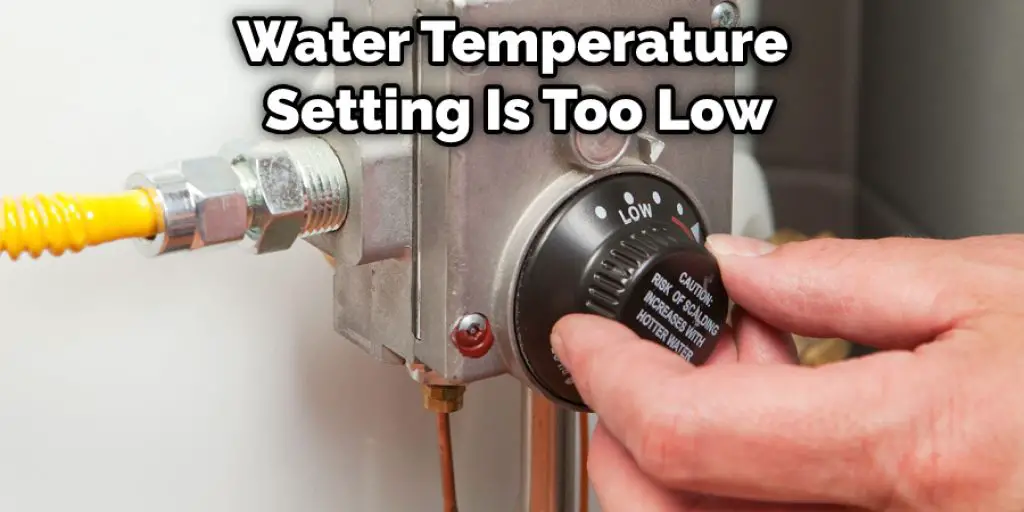
Step 6: Adjust the Water Temperature Setting
If the water temperature setting is too low, you’ll need to adjust it. For an electric tankless water heater, you’ll need to use an adjustable wrench to loosen the heating elements’ bolts. Finally, you’ll need to use a flathead screwdriver to turn the knob that controls the gas flow for a gas model.
Step 7: Make Sure the Water Is Flowing Through the Unit at a Good Rate
Once you’ve adjusted the water temperature setting, you’ll need to ensure the water flows through the unit reasonably. This can be checked by turning on a hot water faucet and letting the water run for a minute or two.
If the water flow is too low, you’ll need to increase the flow rate. This is usually done by opening the shut-off valves located on the cold and hot water lines leading to the unit.
Step 8: Insulate Your Hot Water Pipes
If you live in a cold climate, you’ll need to insulate your hot water pipes. This will help keep the water inside them from freezing and damaging the pipes.
There are a variety of pipe insulation materials available, so be sure to choose one that’s appropriate for the type of pipe you have.
Step 9: Check the Pressure Relief Valve
The pressure relief valve is a safety feature designed to release pressure if it gets too high. If this valve is not working correctly, it could be an explosion.
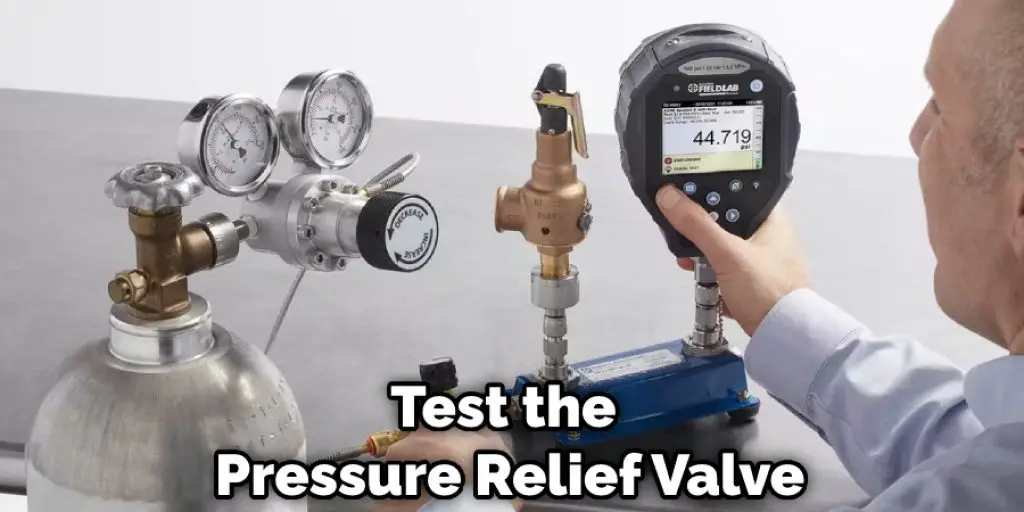
Lift the lever and let go to test the pressure relief valve. You should hear a hissing sound as the valve releases pressure. If you don’t hear anything, or if the valve doesn’t close properly, you’ll need to replace it.
Step 10: Turn on and Check Water Heater
Once you’ve completed all of the above steps, you can turn on the power to your tankless water heater and check to ensure it’s working correctly. Next, turn on a hot water faucet and let the water run for a minute or two. Again, if everything is working correctly, you should have hot water.
Additional Tips
If your tankless water heater isn’t providing enough hot water, there are a few things you can do to try to increase the water temperature. First, check the manufacturer’s instructions to see if there is anything you can do to adjust the settings. If not, try the following tips:
- Run only cold water for a minute or two before turning on the hot water. This will help clear out any cold water in the pipes and allow only hot water to flow through.
- Insulate your hot water pipes. This will help keep the heat in and prevent it from cooling down too quickly. You can buy special pipe insulation at most hardware stores.
- Use a booster shower head that increases the water pressure. This can help increase the flow rate of hot water, making it hotter.
- Install a recirculating pump. This will circulate the hot water in your pipes so that it doesn’t have a chance to cool down.
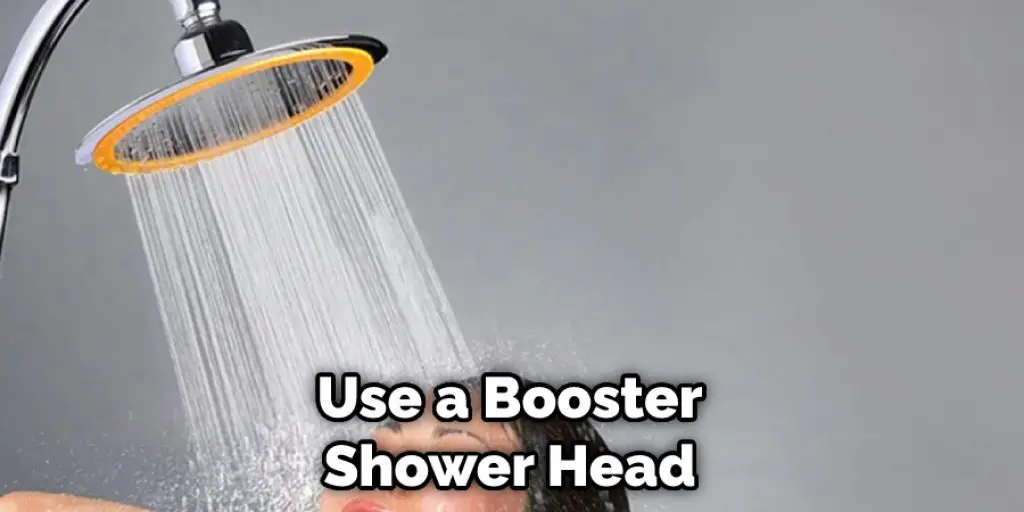
Conclusion
If you are looking for a water heater that can provide endless hot water without waiting, a tankless model may be the best option. By understanding your needs and what is available on the market, you can find the perfect tankless water heater to fit your home and lifestyle. We hope you find this article on how to make tankless water heater hotter helpful.
You May Also Read: How to Get More Hot Water From Water Heater








